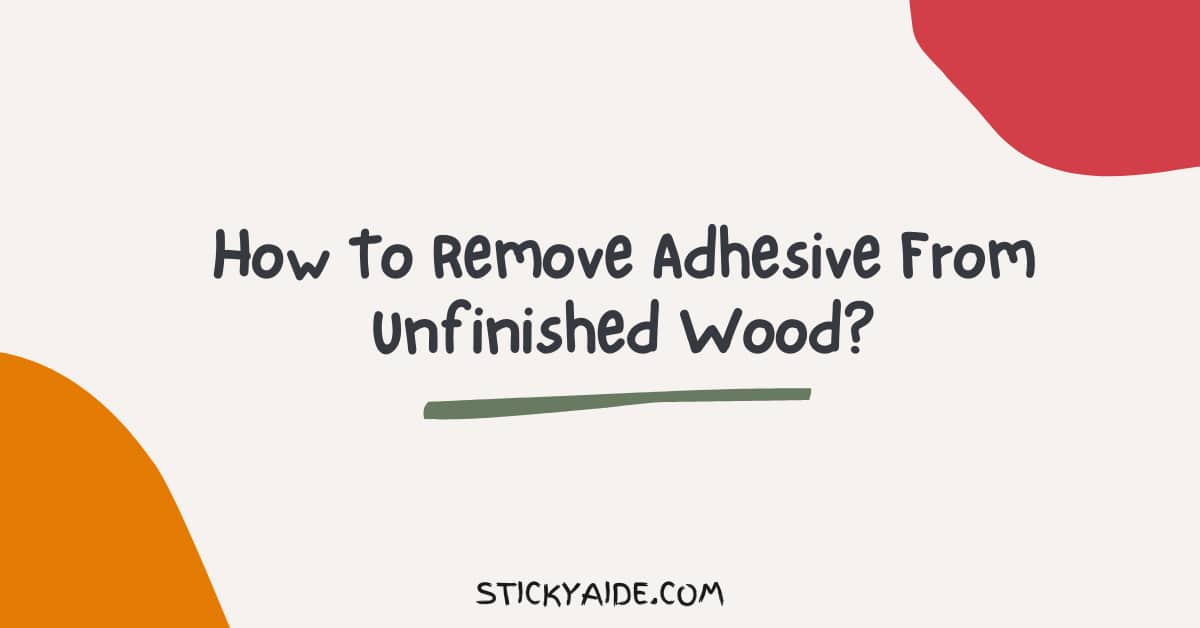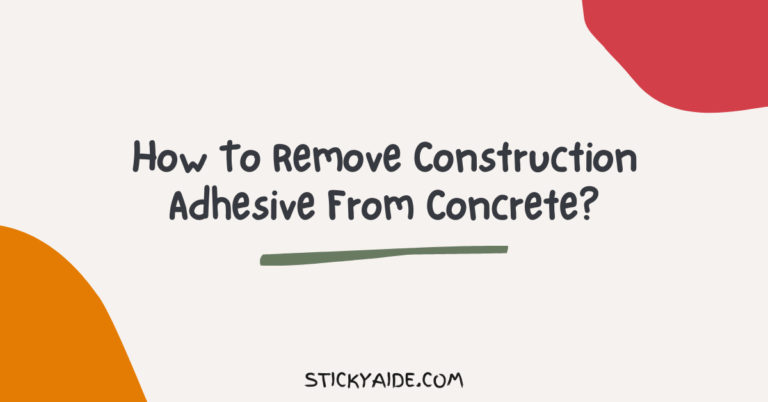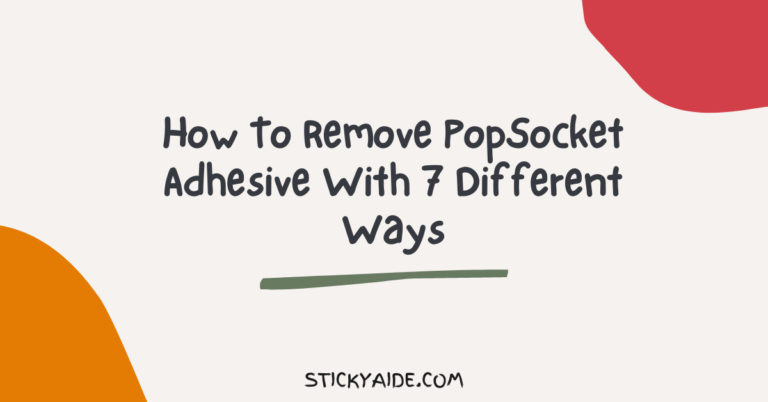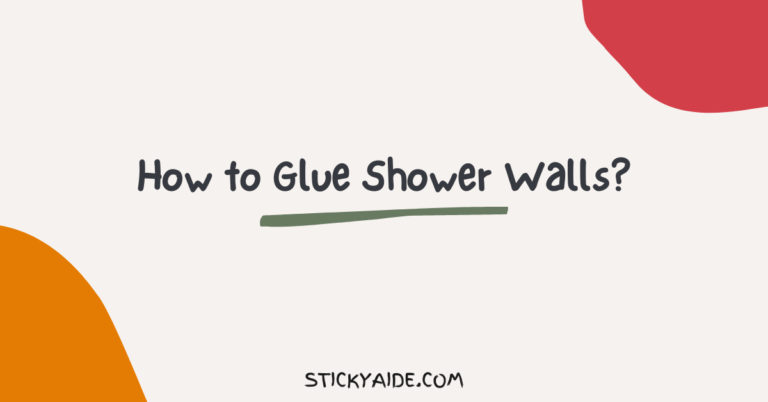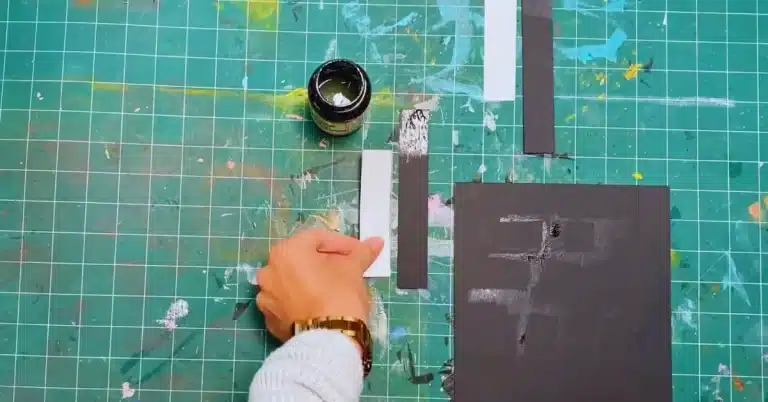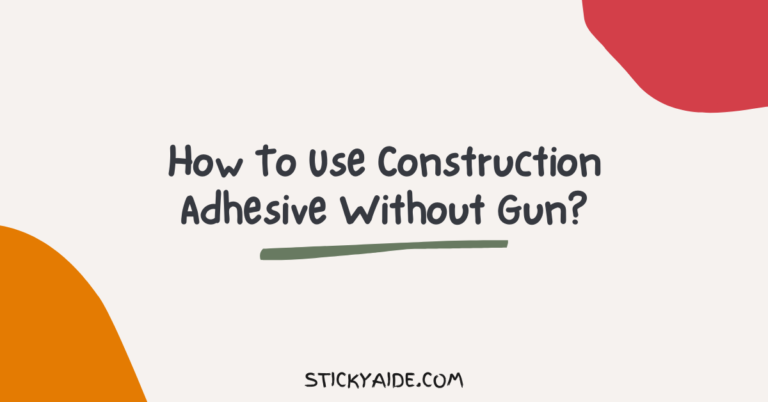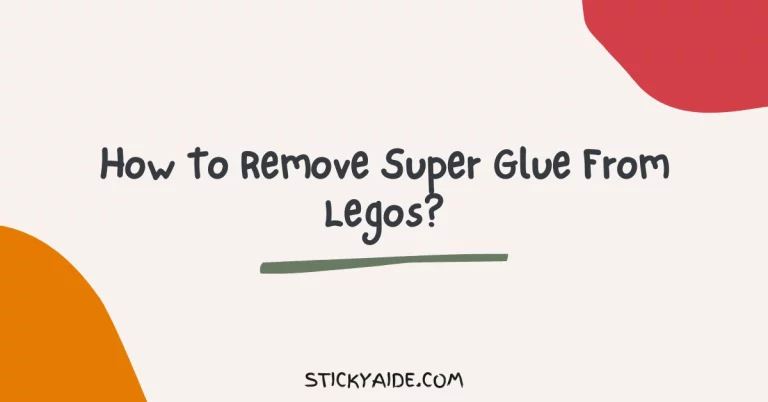When you are working on a project that involves buying raw materials and DIYing it, the last thing you want to worry about is how you will get all those leftover scraps off of your hands.
Unless you have some industrial-grade solvent at your disposal, there’s not much you can do to get out Adhesive residue without sanding down the walls of your home or getting greasy-fingered.
Plus, when left on properly, unfinished wood is quite attractive. If you’ve ever looked at an old piece of furniture and thought, “How do I remove this adhesive?” then you’re in luck!
We’ve compiled a list of handy tips for removing Adhesive residue from unfinished wood in just six easy steps.
Read More: How to Remove Adhesive From Aluminum?
How to Remove Adhesive from Unfinished Wood?
Prep your workspace
If you are tackling a particularly stubborn set of Adhesive residues, you may want to do a quick wipe-down of your workspace with a damp rag to ensure that you don’t leave any unwanted residue behind.
This is especially important if you use Adhesive remover on unfinished wood stained or finished with sealant. Sand the surface.
Once you’ve cleared the area of all unwanted residue, you’ll want to sand down the surface of the wood so that you don’t accidentally leave behind bits of residue that you don’t want on the wood.
It’s also a good idea to use slightly coarser sandpaper if you have a piece of unfinished wood that is particularly splotchy. This can make it easier to see any bits of residue that may be lurking.
You may also want to do an initial wipe-down with a wet rag to ensure no unwanted residue is left behind.
You will also want to ensure that the wood’s surface is completely dry before applying the next steps. You’ll want to wait until it dries before moving forward if it’s still wet.
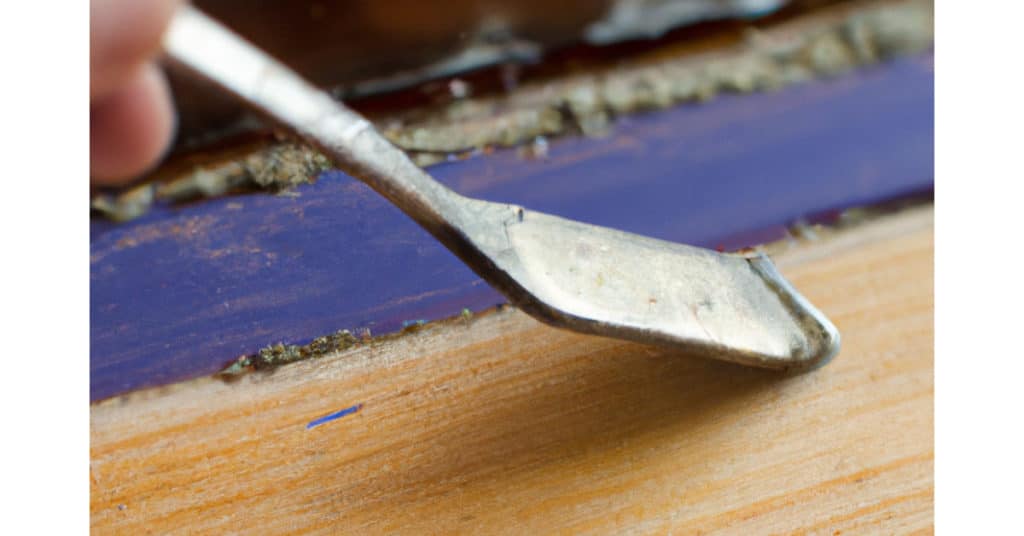
Make a solution of vinegar and water
Unfinished wood is often treated with a type of finish known as Adhesive. While some of these may be water-based, many are designed to be oil-based.
This finish is great for protecting wood, but it also makes it incredibly difficult to remove without sanding down the wood.
For this reason, you’ll often see DIYers recommend using vinegar and water to remove the residue from the wood. The vinegar’s acidity helps break down the Adhesive oil, making it easier to remove.
To mix up a solution of vinegar and water, you will want to fill a spray bottle with white vinegar and the rest of the bottle with water.
You can use either a fresh or recycled bottle to avoid changing the pH of the solution.
Spray on the acetone to loosen it up
Once your solution is mixed, you can begin applying it to the wood. The biggest tip here is to spray the vinegar solution onto the wood rather than directly on the residue.
The vinegar is very mild and safe to use, but the oil it comes in contact with could cause serious harm if you get it on your skin.
Similarly, you want to avoid getting any residue on yourself so that you don’t accidentally end up rubbing in the residue with your hands.
To spray on the vinegar, you’ll want to use either a spray bottle or a rag dipped in the solution.
The best way to apply vinegar to the wood is to wipe it onto it rather than brush it on gently. If the solution dries on the wood, it can be challenging to remove it.
Read More: How To Remove 3M Adhesive From Walls?
Scrub with dish soap and warm water
Next, you’ll want to apply a baking soda paste followed by a paste of warm water. You can make a baking soda paste by mixing one tablespoon of baking soda with 2 cups of warm water.
Alternatively, you can use a paste of equal parts cornstarch and water. When scrubbing the wood, the baking soda breaks apart the residue, and the warm water makes it much easier to remove the residue.
This is one of those cases where you want to take it slow and easy. You don’t want to scrub too hard, and you don’t want to get too close to the finish.
Dip your sponge in warm water, sprinkle some dish soap on the sponge, and gently scrub at the residue on the wood. Try to scrub in a southwestern direction so you don’t get water on the finish.
Dry completely
If you have scrubbed off the residue, you’ll want to ensure that the wood completely dries before moving forward. Using a hair dryer or placing a fan next to the wood while it dries is best.
When the wood is completely dry, applying a sealant will be easier without leaving ridges or bubbles behind.
Make sure you are satisfied with the results of the scrubbing and drying before applying a sealant.
You may want to put a layer of sandpaper or grit over the surface of the wood as this will help to smooth out any imperfections left behind from the scrubbing process.
Can you use Goo Gone on unfinished wood?
Goo Gone is a popular product for removing stains from clothing but is also helpful for removing adhesive from wood.
However, it is worth noting that wood is a different material, and you should be careful when using it.
While you may be able to remove the residue with a rag soaked in Goo Gone, the oil in the product could cause damage to the wood if you get it on your skin or clothes.
Therefore, it’s important to take precautions before you begin. It’s best to wear gloves and a mask when using Goo Gone on wood to avoid getting any of the product on your hands or clothes.
You can also cover any surfaces that may get splashed with Adhesive with a plastic bag.
Is Goof Off safe on wood?
Yes! Like many other products on this list, Goof Off is used to remove the oil from the Adhesive. This means it is safe to use on unfinished wood if you take the proper precautions.
Using a disposable rag when applying Goof Off to wood is best as you don’t want to get any of the product on your hands or clothes.
Cover any surfaces that may get splashed with Adhesive with a plastic bag.
Keep in mind that Goof Off is not a complete deglosser and will remove the oil from the wood’s surface rather than the stain.
You will still want to use a deglosser if you are looking to remove the stain from the wood.
Last Opinion
Unfinished wood is beautiful and can be turned into projects, like art benches, ornaments, or toys.
However, even though it looks nice, it is not as durable as finished wood, so you must be careful with your handling.
If you want to remove Adhesive residue from your wood, you can try using vinegar and water, baking soda and warm water, or Goo Gone. All of these products are safe for use on unfinished wood.

